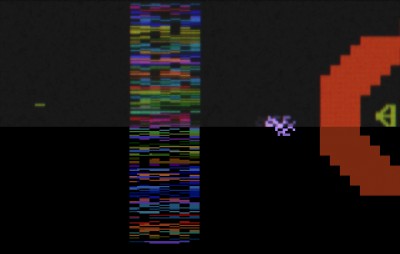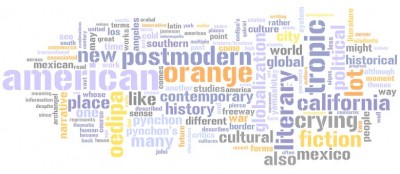Facebook is the past, Twitter is the future.
Or phrased less starkly, Facebook reconnects while Twitter connects.
All of my friends on Facebook are exactly that: friends from real life, or at the very least, people whom I actually know. Colleagues, students, family members, former classmates, childhood friends. A significant chunk of those Facebook friends are ghosts from the past, people whom I haven’t seen, spoken to, or even thought of in years, maybe decades. Facebook has reconnected me — albeit in a very superficial sense — to these people. I’d even estimate that friends from my past now outnumber current friends and acquaintances on Facebook. Given the exponential algorithm driving the growth of social networks (like the old Faberge shampoo commercial, you tell two friends, and they’ll tell two friends, and so on), it’s not surprising that these reconnections to the past began with a single high school friend, last seen at our graduation in 1989. The ripple effect from this single act of “friending” led to dozens of acquaintances from my hometown.
The reciprocal nature of “friendship” on Facebook reinforces the site’s re-networking aspect. You can only befriend people who have befriended you. Facebook’s insistence upon reciprocity appealed to me at first, ensuring that nobody could lurk on my profile without likewise surrendering their own profile to me. Yet this feature, that I found so comforting when I first dipped into social networking, I now find to be confining, perhaps even the greatest limitation of Facebook. Reciprocity guarantees a closed platform, a fixed loop that cannot expand beyond itself.
This stands in contrast to Twitter, where reciprocity is not required. You can follow someone without them following you. The effect of this asymmetric system is that many of the people I follow I have never met. And I may never. Likewise many of my followers are absolute strangers. Yet many of them share interests with me: pedagogy, literature, digital humanities, even music (at least two of my followers added me after I wrote about the band Shearwater). So this is what I mean when I say Twitter connects.
There is another crucial difference between Facebook and Twitter that associates the former with the past and the latter with the future. Even with its new layout and feed, Facebook does not truly operate in real time. Facebook is still something like a bulletin board. My status updates, therefore, tend to be sly comments or key links that I’ve thought about and pondered and that I want to remain “active” for a day or two. Constant status updates would quickly get lost in the clutter of irritating quiz results, meaningless gift hugs, and holiday Peeps that populate the Facebook news feed.
Twitter conversely offers a more stream-of-consciousness aesthetic. If I immediately follow one tweet with another, I’m not so concerned that the first is going to get lost, as my followers are seeing a feed of my tweets in whatever application they’re using. It is also a matter of one or two clicks (depending on your Twitter client) to see my Twitter posts in aggregate, something much more difficult to achieve in Facebook.
So, to be systematic about the differences between Facebook and Twitter, I present this chart:
| past | future |
| reconnect | connect |
| static | dynamic |
| closed | open |
| pond | stream |
The last distinction — pond versus stream — evokes the dominant ecology of each social network. And I for one would rather be in the flowing stream than the stagnant pond.

